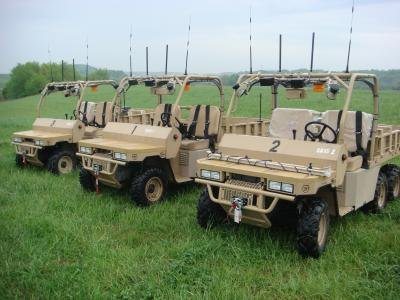The Army intended the Autonomous Navigation System (ANS) to enable ground robotic vehicles to partially drive and navigate themselves and to do so in remote areas with difficult terrain, by integrating sensors, processors, and software. Initially, the Army was developing the system as part of manned and unmanned ground vehicles (UGV) that were part of the Army’s Future Combat System (FCS) program.
But after the cancellation of various FCS vehicles beginning in 2009, the Army planned to couple ANS with the yet-to-be developed Multi-Mission Unmanned Ground Vehicle (MM-UGV), which among many uses was intended to counter roadside bombs – or improvised explosive devices (IED) – in Iraq and Afghanistan. General Dynamics Robotic Systems (GDRS) was the contractor for ANS.
The Army made considerable effort to develop and validate a requirement for the MM-UGV and ANS; however, both were cancelled in 2011. With the cancellation of these efforts, you expressed interest in the impact on Army future autonomous unmanned ground capabilities.
In response, we examined:
- To what extent did the Army demonstrate ANS capabilities prior to cancellation?
- What methods did the Army use to compare ANS to commercially available and other alternatives, particularly in the area of field demonstrations?
- To what extent does a validated requirement exist for this capability, and how does it fit in with other UGV initiatives?
To conduct our work, we obtained and analyzed Army and contractor documents and test reports to determine ANS progress prior to cancellation, methodology used in comparing ANS to other alternatives, and validated need for vehicles and autonomous capability. We also interviewed officials from a variety of Army and Department of Defense (DOD) offices as well as GDRS.
We conducted this performance audit from February to August 2012 in accordance with generally accepted government auditing standards. Those standards require that we plan and perform the audit to obtain sufficient, appropriate evidence to provide a reasonable basis for our findings and conclusions based on our audit objectives.
[Download not found]










